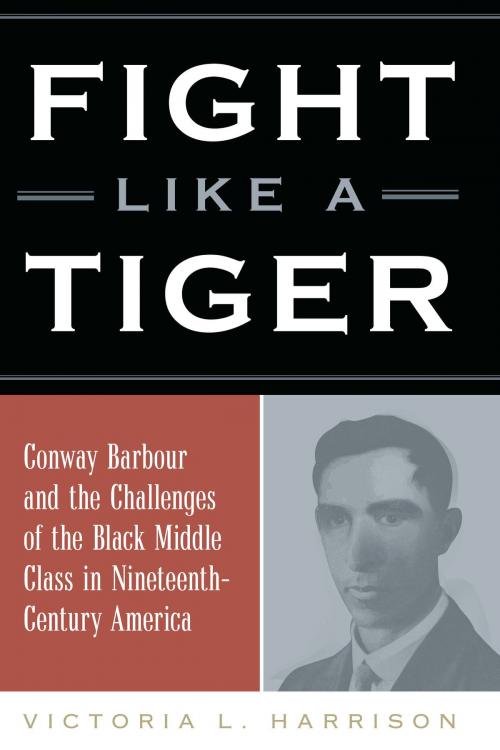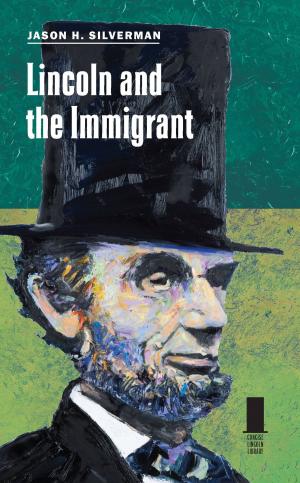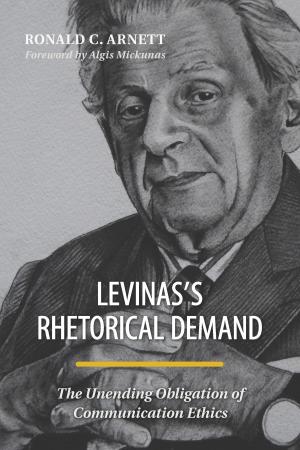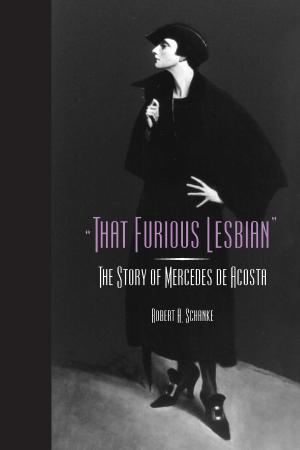Fight Like a Tiger
Conway Barbour and the Challenges of the Black Middle Class in Nineteenth-Century America
Biography & Memoir, Business, Nonfiction, History, Americas, United States, 19th Century| Author: | Victoria L. Harrison | ISBN: | 9780809336784 |
| Publisher: | Southern Illinois University Press | Publication: | October 22, 2018 |
| Imprint: | Southern Illinois University Press | Language: | English |
| Author: | Victoria L. Harrison |
| ISBN: | 9780809336784 |
| Publisher: | Southern Illinois University Press |
| Publication: | October 22, 2018 |
| Imprint: | Southern Illinois University Press |
| Language: | English |
Focusing on the life of ambitious former slave Conway Barbour, Victoria L. Harrison argues that the idea of a black middle class traced its origins to the free black population of the mid-nineteenth century and developed alongside the idea of a white middle class. Although slavery and racism meant that the definition of middle class was not identical for white people and free people of color, they shared similar desires for advancement.
Born a slave in western Virginia about 1815, Barbour was a free man by the late 1840s. His adventurous life took him through Lexington and Louisville, Kentucky; Cleveland, Ohio; Alton, Illinois; and Little Rock and Lake Village, Arkansas. In search of upward mobility, he worked as a steamboat steward, tried his hand at several commercial ventures, and entered politics. He sought, but was denied, a Civil War military appointment that would have provided financial stability. Blessed with intelligence, competence, and energy, Barbour was quick to identify opportunities as they appeared in personal relationships—he was simultaneously married to two women—business, and politics.
Despite an unconventional life, Barbour found in each place he lived that he was one of many free black people who fought to better themselves alongside their white countrymen. Harrison’s argument about black class formation reframes the customary narrative of downtrodden free African Americans in the mid-nineteenth century and engages current discussions of black inclusion, the concept of “otherness,” and the breaking down of societal barriers. Demonstrating that careful research can reveal the stories of people who have been invisible to history, Fight Like a Tiger complicates our understanding of the intersection of race and class in the Civil War era.
Focusing on the life of ambitious former slave Conway Barbour, Victoria L. Harrison argues that the idea of a black middle class traced its origins to the free black population of the mid-nineteenth century and developed alongside the idea of a white middle class. Although slavery and racism meant that the definition of middle class was not identical for white people and free people of color, they shared similar desires for advancement.
Born a slave in western Virginia about 1815, Barbour was a free man by the late 1840s. His adventurous life took him through Lexington and Louisville, Kentucky; Cleveland, Ohio; Alton, Illinois; and Little Rock and Lake Village, Arkansas. In search of upward mobility, he worked as a steamboat steward, tried his hand at several commercial ventures, and entered politics. He sought, but was denied, a Civil War military appointment that would have provided financial stability. Blessed with intelligence, competence, and energy, Barbour was quick to identify opportunities as they appeared in personal relationships—he was simultaneously married to two women—business, and politics.
Despite an unconventional life, Barbour found in each place he lived that he was one of many free black people who fought to better themselves alongside their white countrymen. Harrison’s argument about black class formation reframes the customary narrative of downtrodden free African Americans in the mid-nineteenth century and engages current discussions of black inclusion, the concept of “otherness,” and the breaking down of societal barriers. Demonstrating that careful research can reveal the stories of people who have been invisible to history, Fight Like a Tiger complicates our understanding of the intersection of race and class in the Civil War era.















